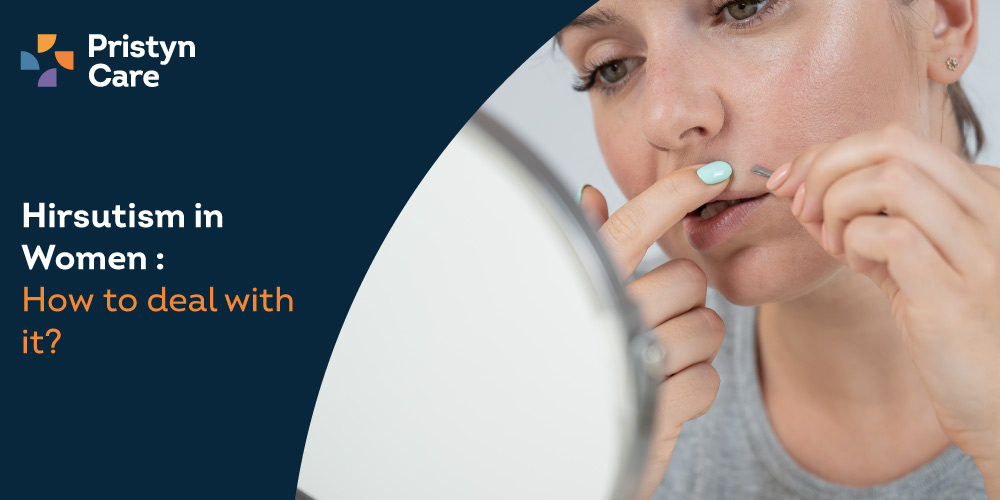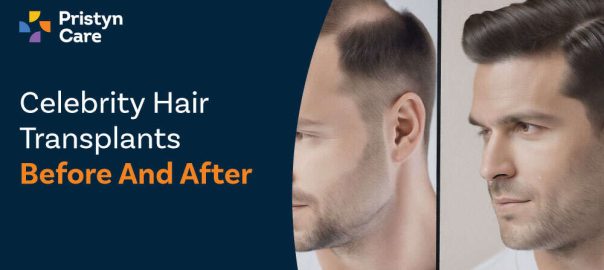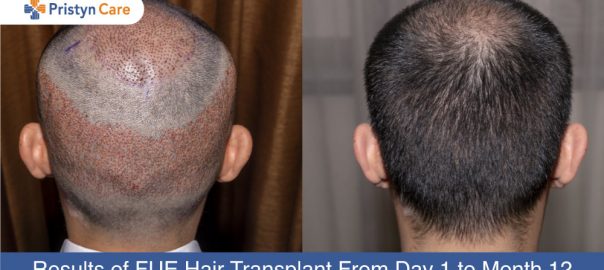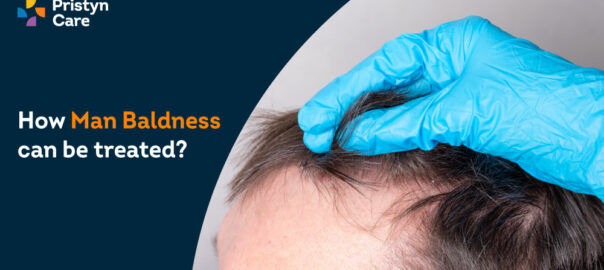![]() Views: 277
Views: 277
Hirsutism in Women – How to Deal With it?
Dedicated Support at Every Step!
Our Doctors are available 24 hours a day, 7 days a week to help you!
Hirsutism or excessive growth of dark and coarse hair on women in a male patterned distribution, such as the chest, arms, upper lip, back and thighs, is a common condition that many women struggle with. Studies suggest that 5-10% of women face excessive hair growth on their face or body caused by hirsutism. But what is the reason behind hirsutism? Are there any treatments or methods that you can use to reduce symptoms of hirsutism? And, last but not the least, are there any effective and permanent solution for it? Let's dive into understanding hirsutism and discuss not only its causes but how you can effectively deal with it.
What causes hirsutism in women?
In order to effectively deal with any kind of condition, knowing its root cause can be extremely beneficial. Hirsutism can be caused by various reasons. Hormonal imbalance due to congenital adrenal gland disorder or conditions such as PCOS, is one of the primary causes of hirsutism in women. PCOS or Polycystic Ovary Syndrome is a common condition in which benign cysts begin to form on the ovaries that affect hormone production. Studies suggest that more than 10% of women struggling with PCOS also face excessive hair growth on their face and body caused by hirsutism.
Alongside, hirsutism can also be caused due to hyperandrogenism or the increase of androgen hormones, the male sex hormones such as testosterone and androstenedione, that are generally found in low levels in women. Some of the other reasons why hirsutism in women may occur include:
- Adrenal gland tumor or cancer
- Cushing’s syndrome
- Medications such as minoxidil or anabolic steroids
- Ovarian tumor or cancer
- Congenital adrenal hyperplasia
- Hyperthecosis
No Cost EMI, Hassle-free Insurance Approval
What are the indications of hirsutism?
As mentioned before, hirsutism is mainly characterized by the growth of dark and coarse hair on the face or any other part of the female body that is not supposed to have excessive hair such as chest, arm, upper lip, thighs, sideburns, back etc.
Due to its link with hormonal imbalance, the first indications and symptoms of hirsutism generally appear around puberty and are usually accompanied by symptoms such as irregular menstrual cycles, weight gain and acne.
Another symptom of hirsutism and hormonal imbalance may also be virilization or the condition in which you start developing secondary sex characteristics of men. Some of the most common secondary sex characteristics that you may develop as a sign of hirsutism include:
- Deeper voice
- Decreased breast size
- Increased muscle development
- Enlargement of the clitoris
- Increased sex drive
- Acne
Treatment options for hirsutism
As is the case with any other condition, there are various surgical and non-surgical treatment options for hirsutism as well. Some of the most common treatment methods that are often recommended for treating hirsutism are given below:
- Laser hair removal: Laser hair removal is an advanced and minimally invasive cosmetic procedure that is commonly performed as an effective solution to hirsutism. In a laser hair removal procedure, the surgeon uses an intense beam of laser to destroy hair follicles in an area with excessive hair growth. While the effects of laser hair removal may not be permanent, it can provide far better, long-lasting results when compared to shaving or waxing.
- Waxing: Waxing is another alternative to laser hair removal or shaving that is commonly performed to remove unwanted hair from the skin. In waxing, a thin layer of heated wax is applied on hairy skin and pulled off using a waxing strip. This process pulls the hair out entirely from its shaft and the results can last anywhere from 3-6 weeks. However, many people shy away from waxing as it is a painful experience.
- Shaving: The effects that simple and conventional shaving can provide to a person can be quite surprising but extremely short-lived. Shaving excess hair from any part of the body simply cuts the hair at the skin’s surface, leaving behind blunt edges that may be noticeable if the shaft is especially dark and thick. While simply shaving off any excess hair may seem like a more convenient option, its results do not last long and any shaved-off hair may reappear in just a few days. Shaving also involves the risk of cuts, razor burns and ingrown hair.
Alongside the above-mentioned treatments and procedures, it is also important to control your androgen levels or else you will likely require multiple sessions of hair removal treatment. To level your hormonal imbalance, your dermatologist may prescribe you some medications as well, such as birth control pills and anti-androgens. It is to be noted that while these medications can be taken on their own, they work best when taken alongside treatments for hirsutism such as laser hair removal.
Unwanted hair anywhere on your body can hinder your body image and as a result, affect your confidence and self -esteem. Modern technology and procedures, however, have made effective treatment for hirsutism possible. Procedures such as laser hair removal are considered to be an effective solution to hirsutism which can provide long-lasting results when compared to more common, conventional methods of hair removal such as shaving or waxing.
Dealing with their condition can be difficult and it is important to find a healthcare provider who not only understands your situation but also provides suitable treatment options for you. At Pristyn Care, we have caring and compassionate doctors who not only understand your situation but also have multiple years of experience in providing effective solutions for them. If you want to learn more about hirsutism and its treatments, you can always get in touch with us at Pristyn Care and consult our highly qualified and experienced dermatologists.










